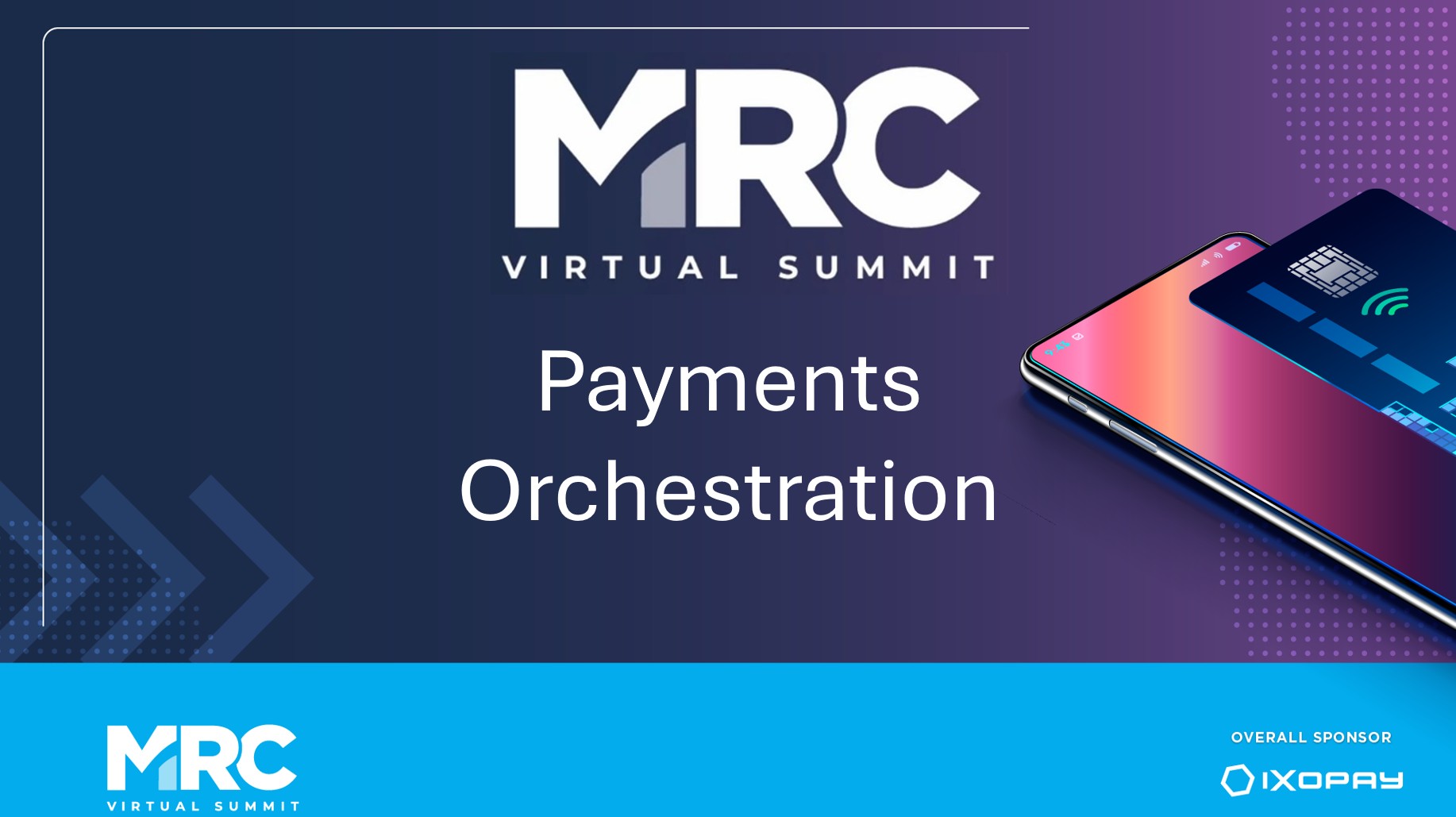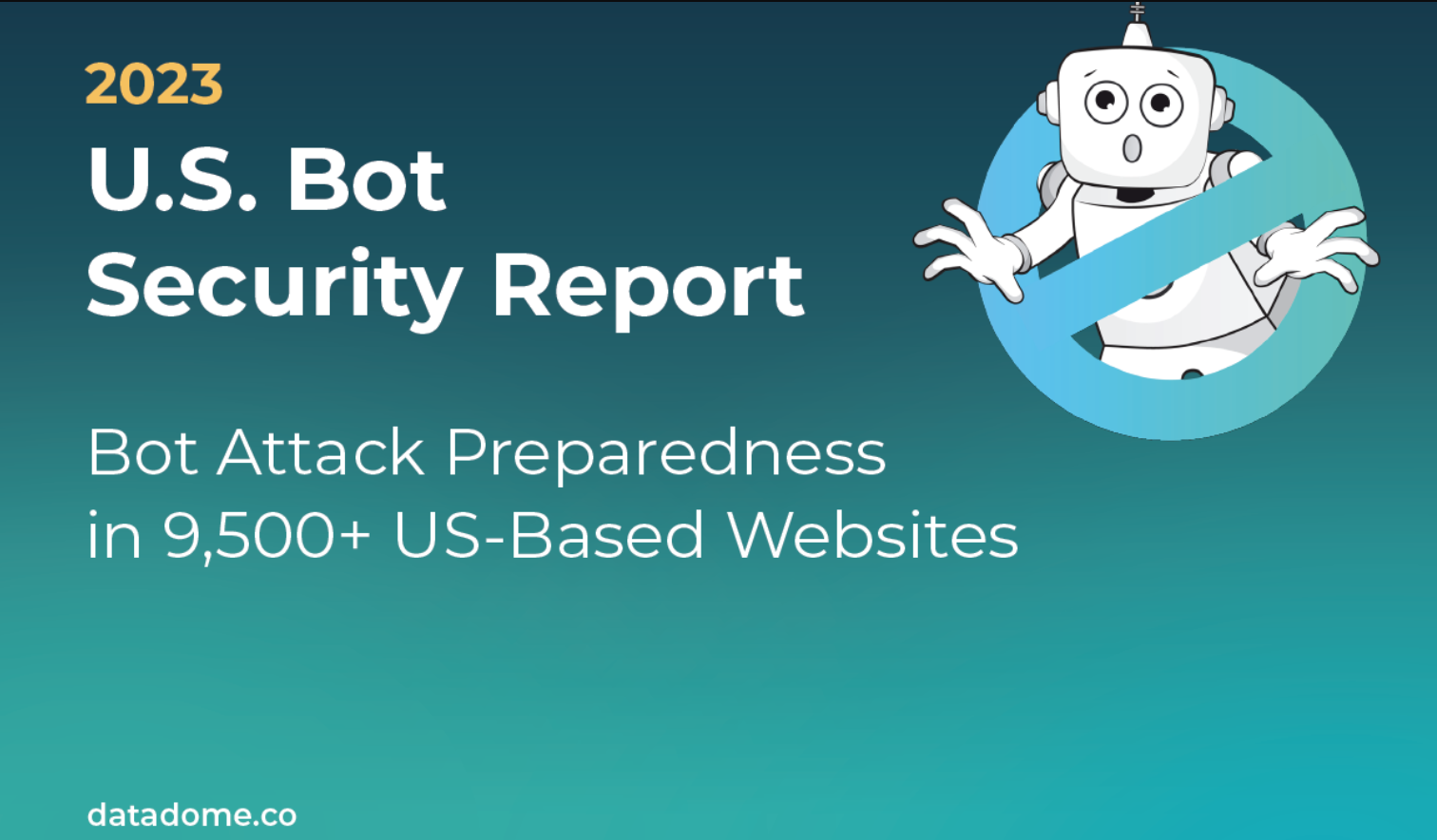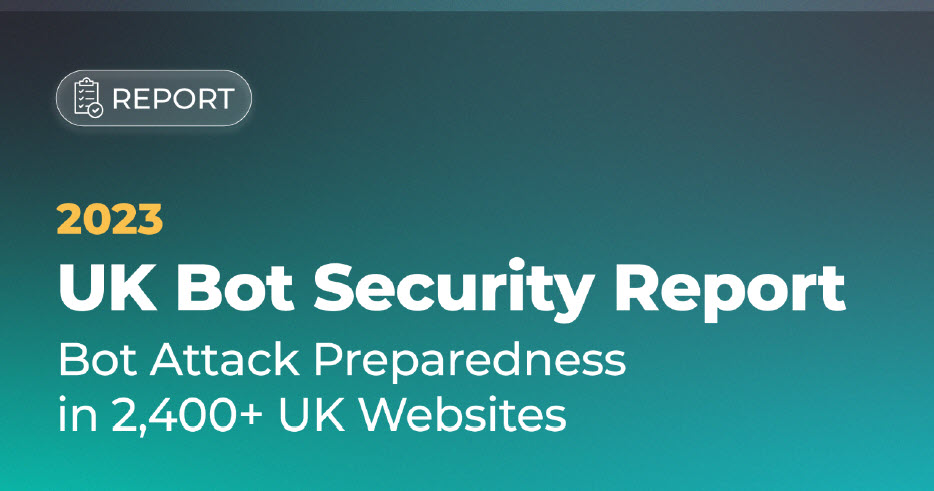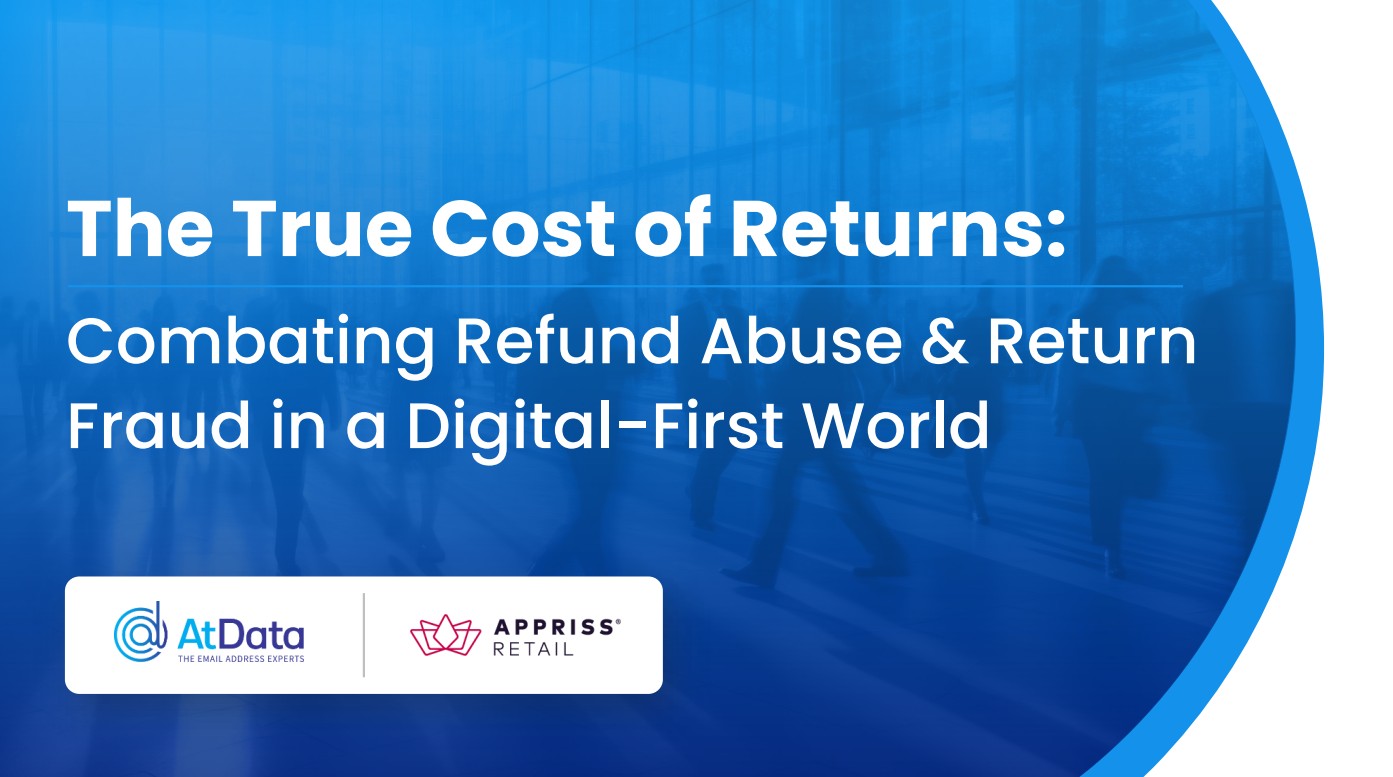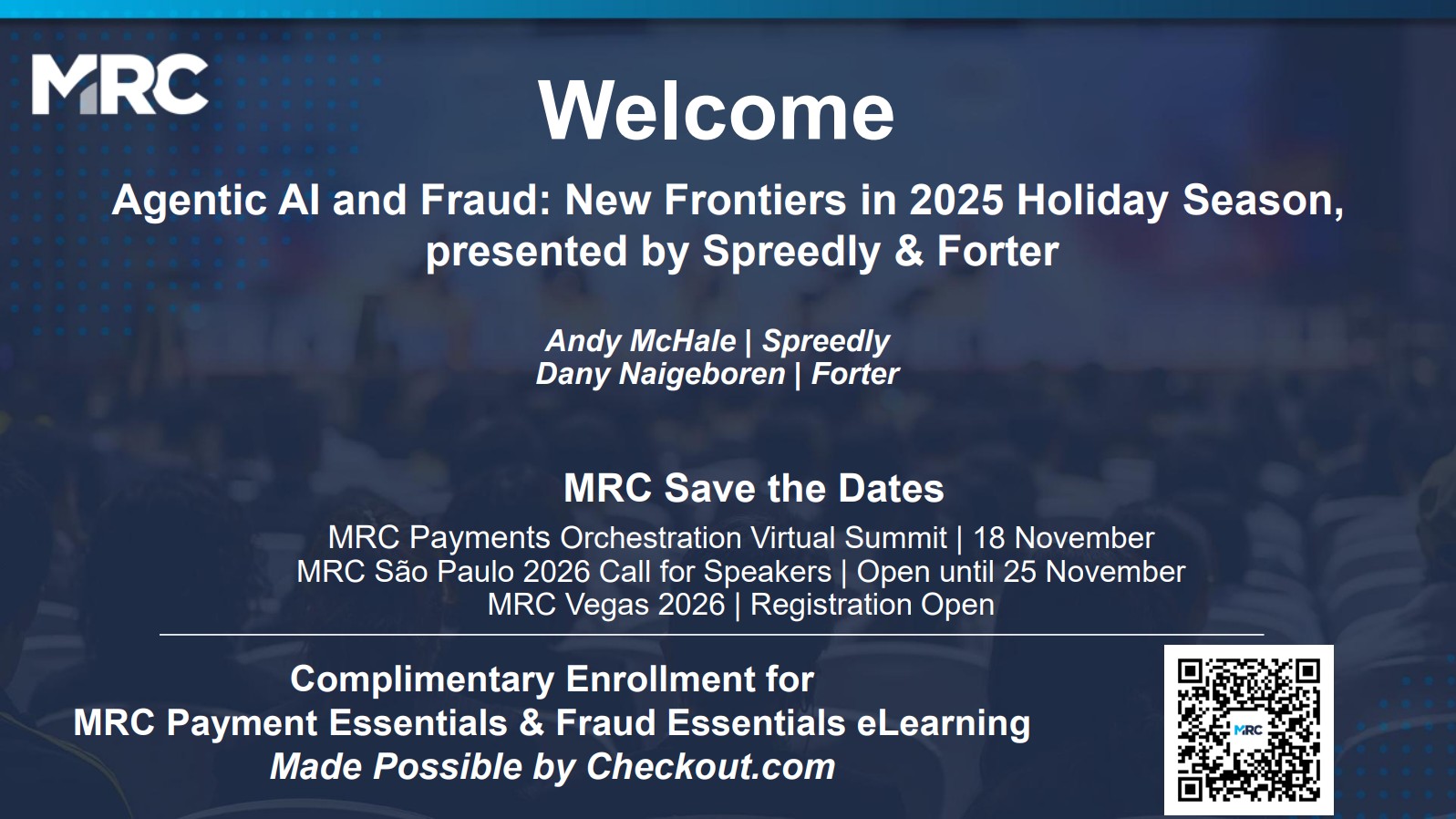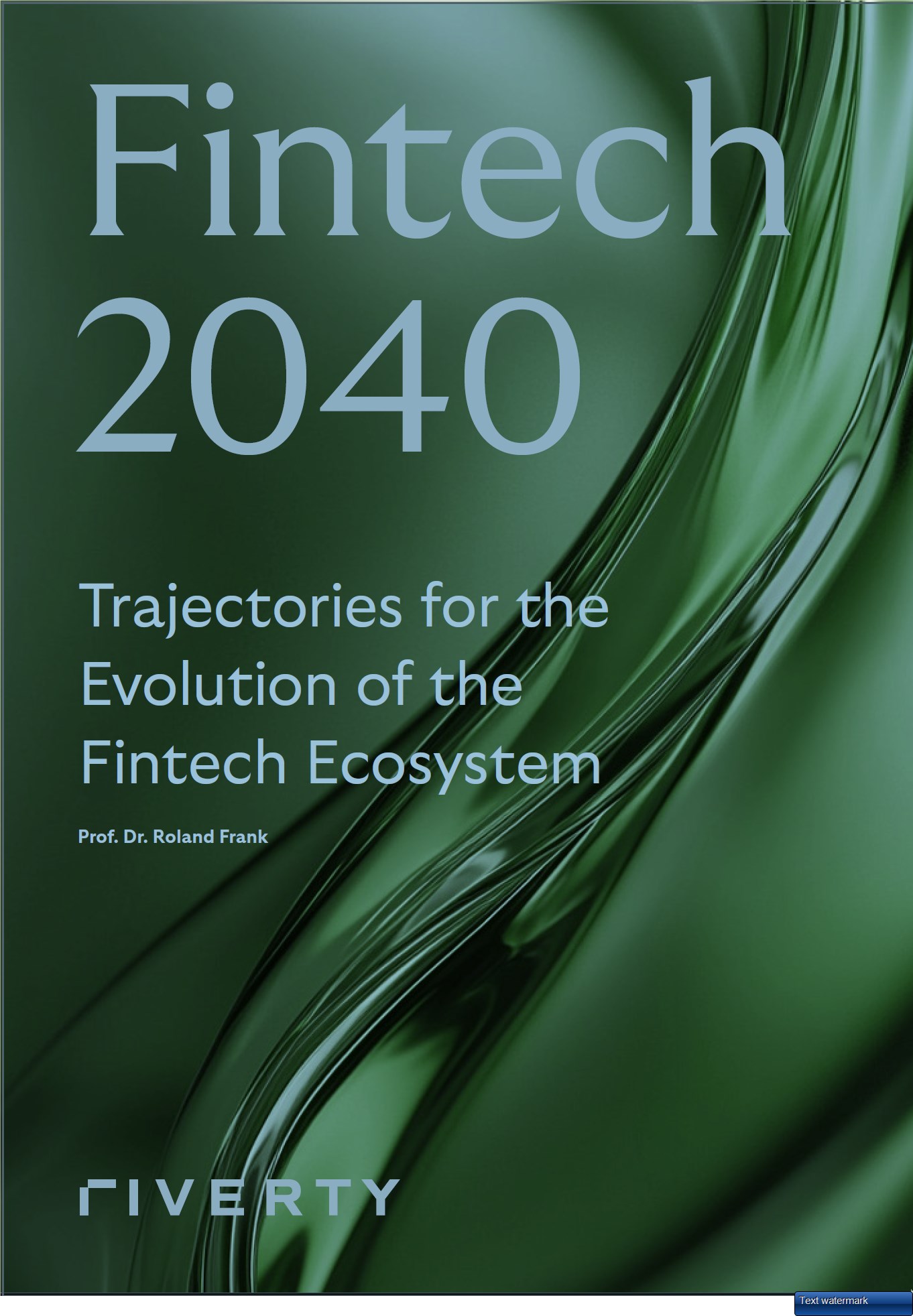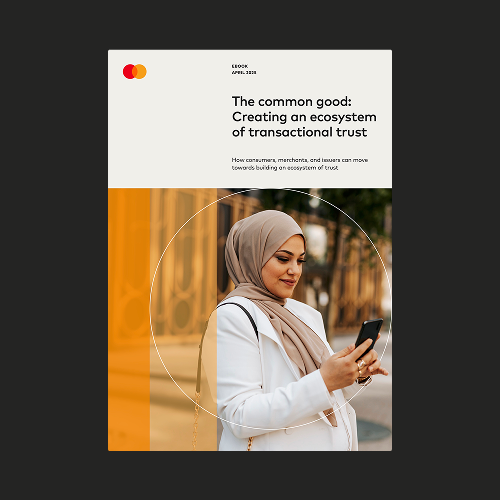Social Network Fights Back on Affiliate Fraud and Wins
Device identification
Fraud
Affiliate Fraud
Management/mitigation
iovation, a TransUnion Company
Mar 20, 2020
Case Studies
Affiliate marketing is generally defined as a arrangement in which a company compensates one or more entities for each customer an entity brings to the company through its own marketing. When an entity falsely generates commissions from an affiliate marketing program, this is known as affiliate fraud.
In this case study, iovation looks at a social community with affiliates who generate income based on the number of registrations collected used device identification to detect a large number of registrations associated with a single device and ISP. This enabled the social community network to shut down the abusive accounts and prevent the pay-out of commissions to illegitimate individuals.
In this case study, iovation looks at a social community with affiliates who generate income based on the number of registrations collected used device identification to detect a large number of registrations associated with a single device and ISP. This enabled the social community network to shut down the abusive accounts and prevent the pay-out of commissions to illegitimate individuals.
Some content is hidden, to be able to see it login here Login

Host a Webinar with the MRC
Help the MRC community stay current on relevant fraud, payments, and law enforcement topics.
Submit a Request
Publish Your Document with the MRC
Feature your case studies, surveys, and whitepapers in the MRC Resource Center.
Submit Your Document



